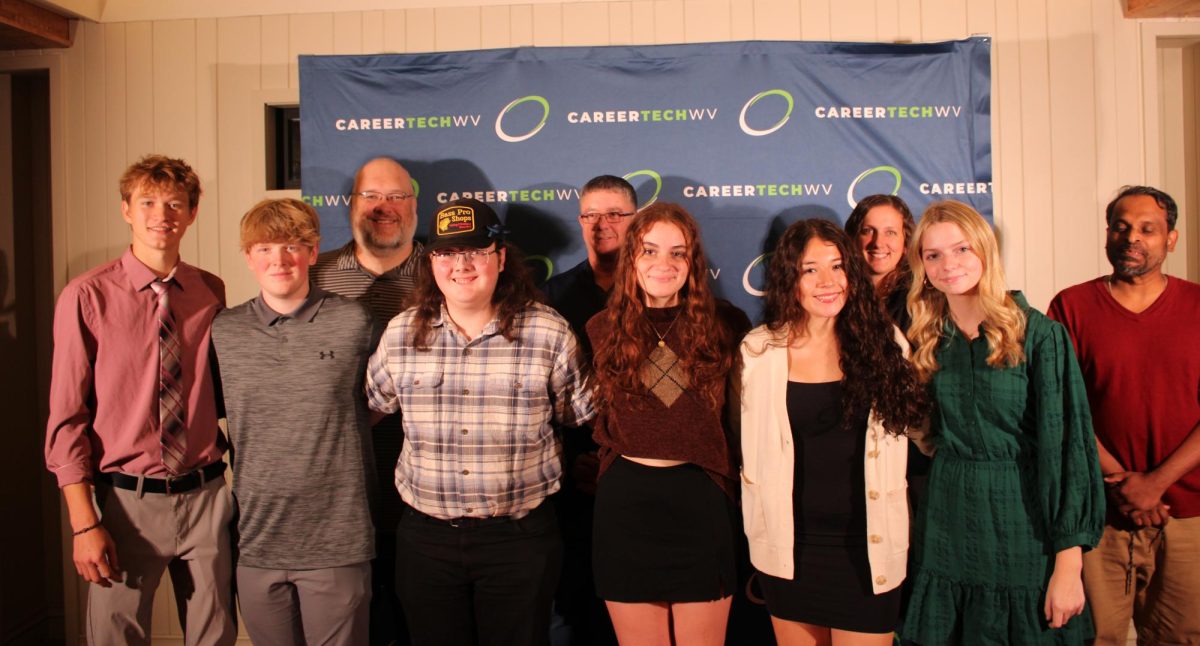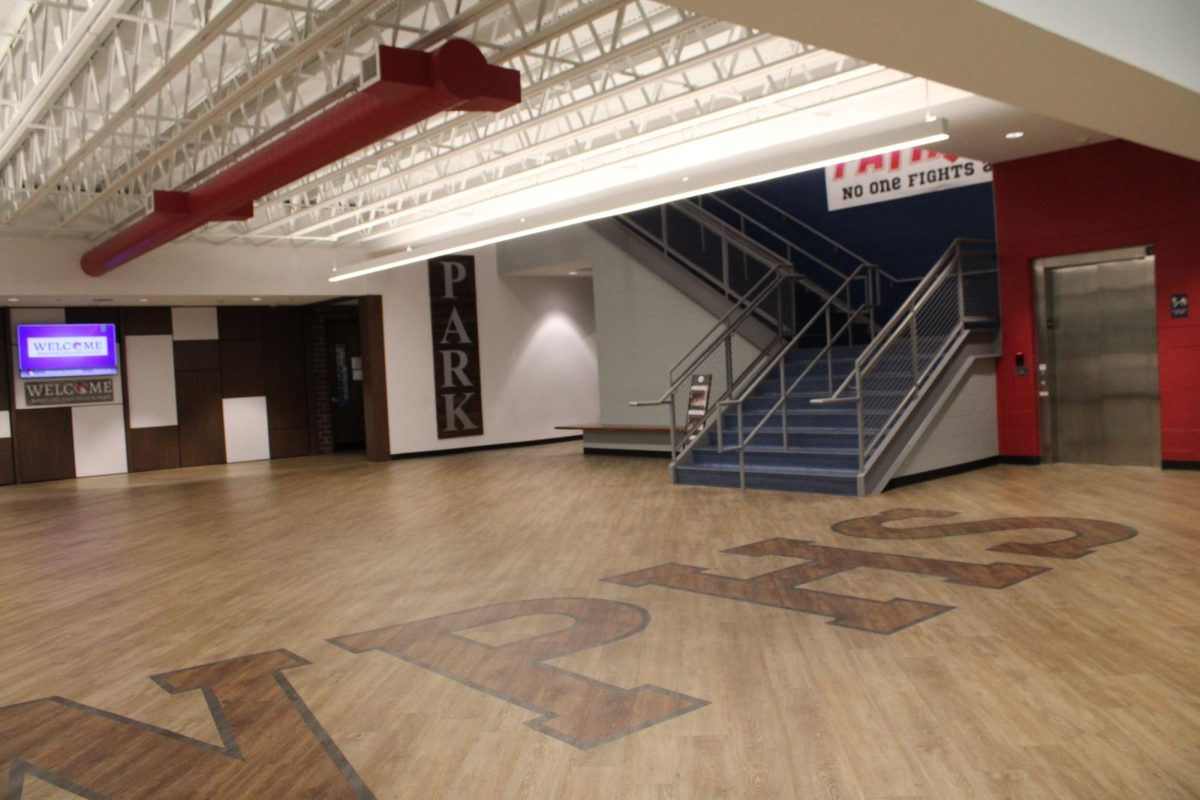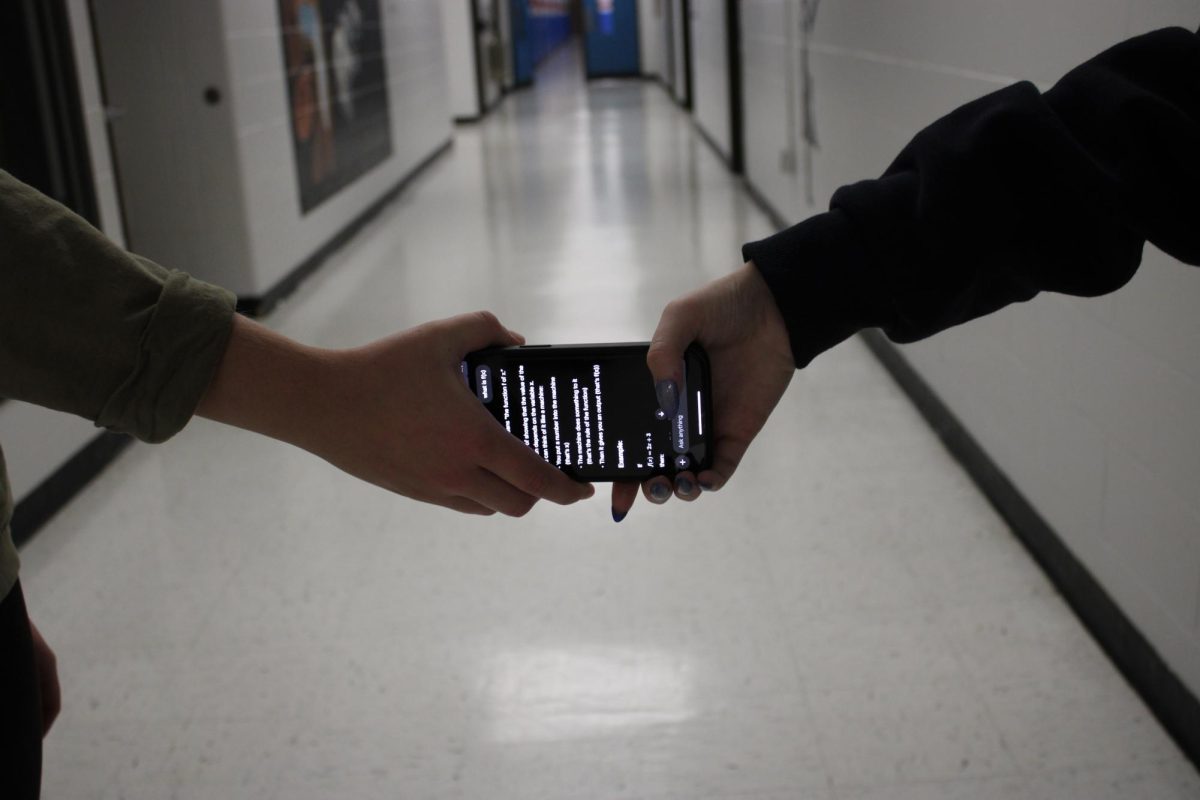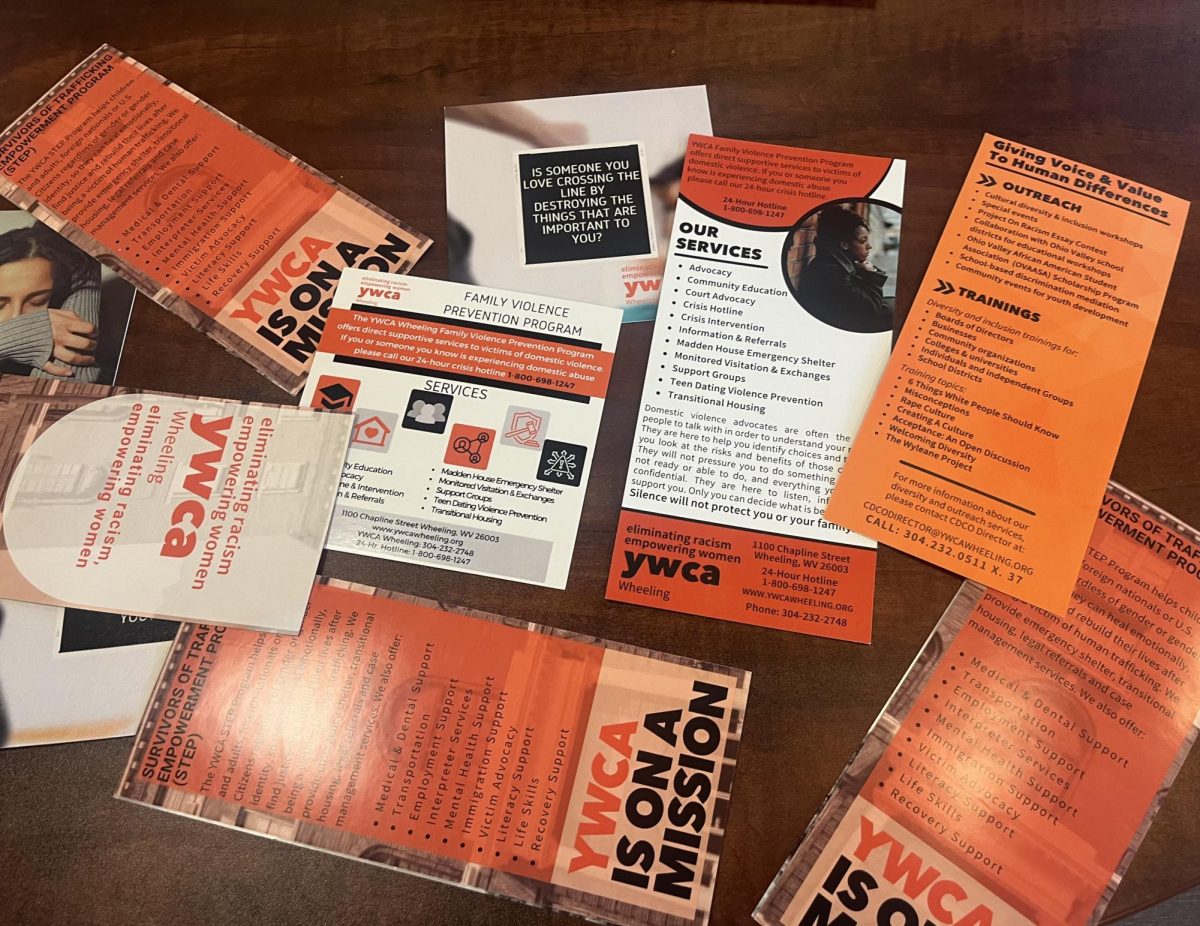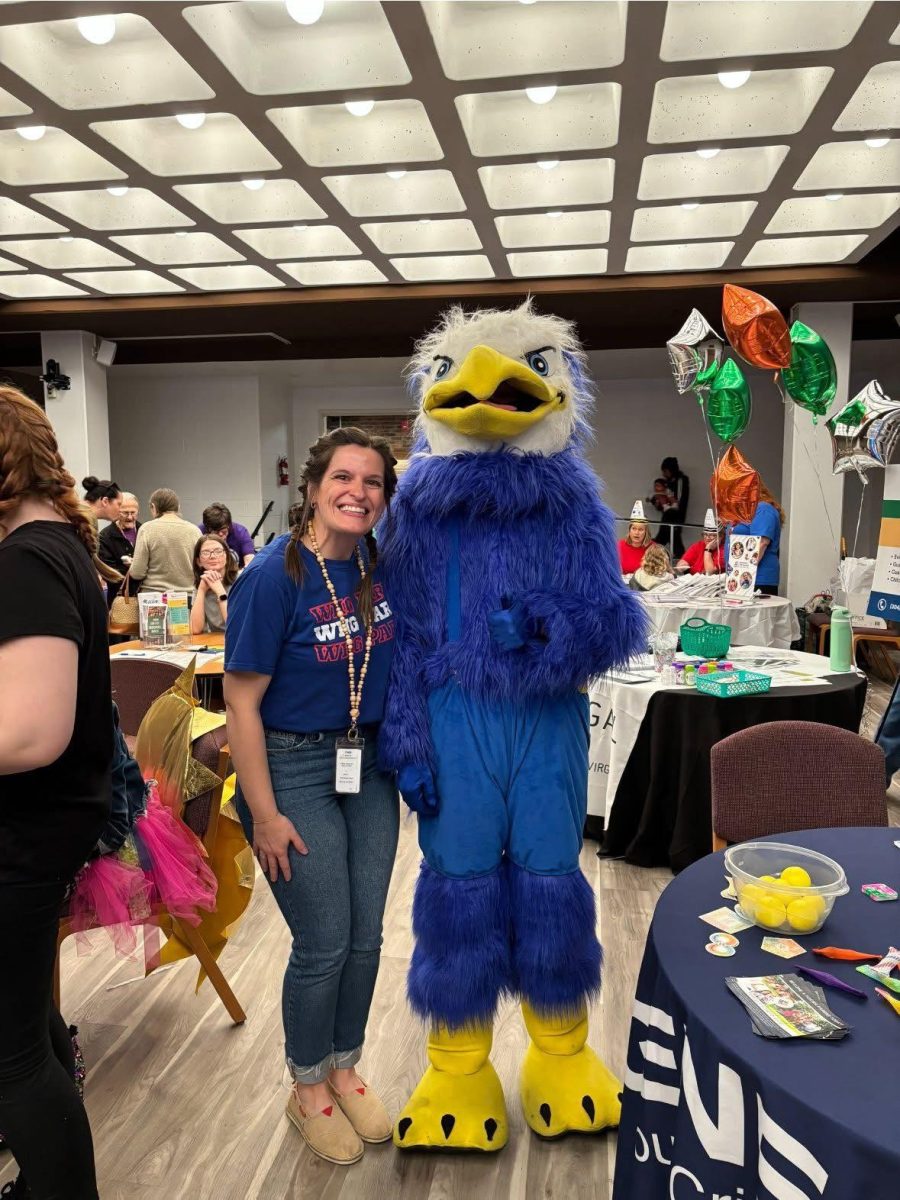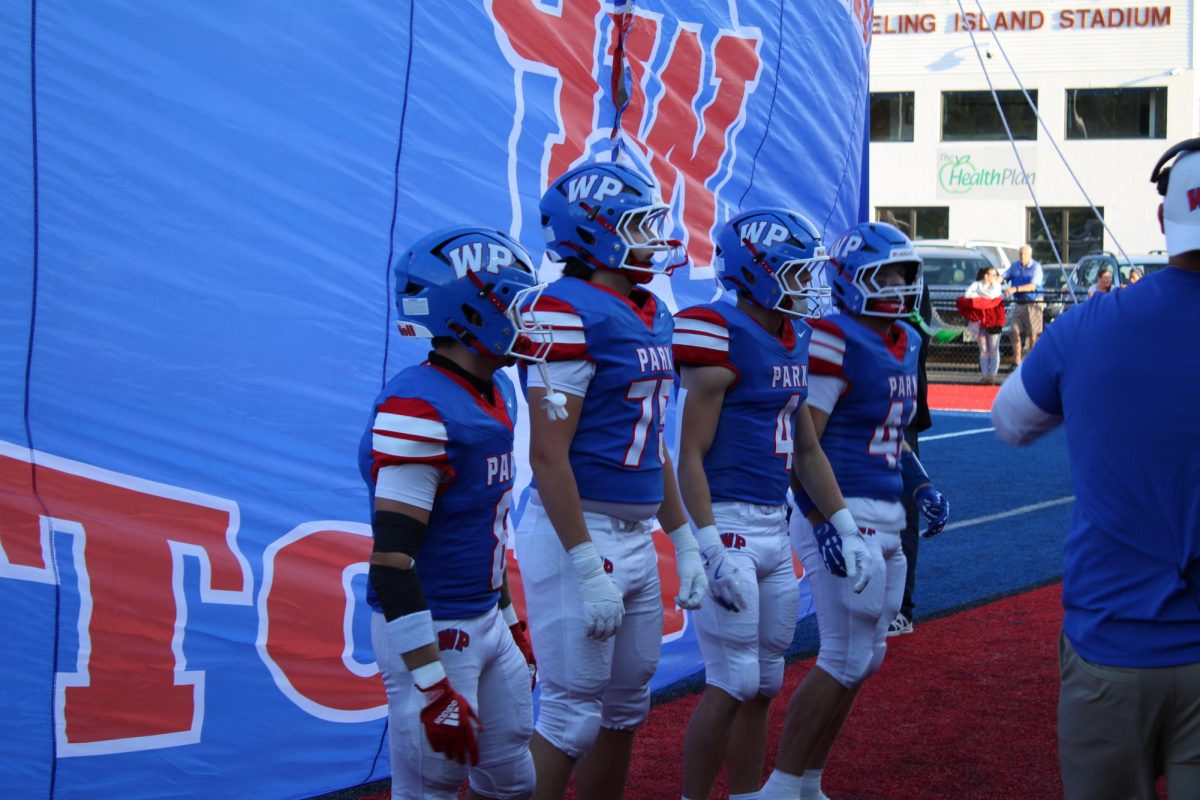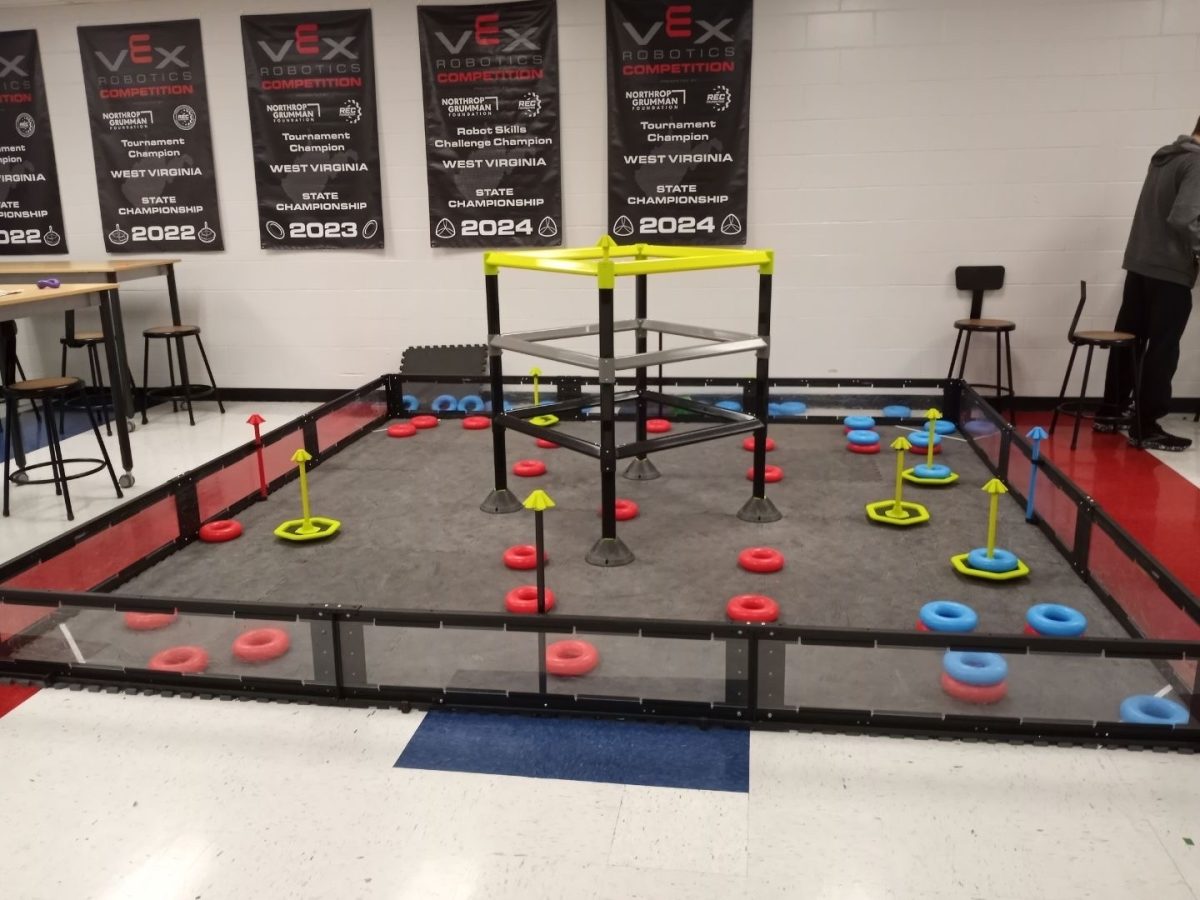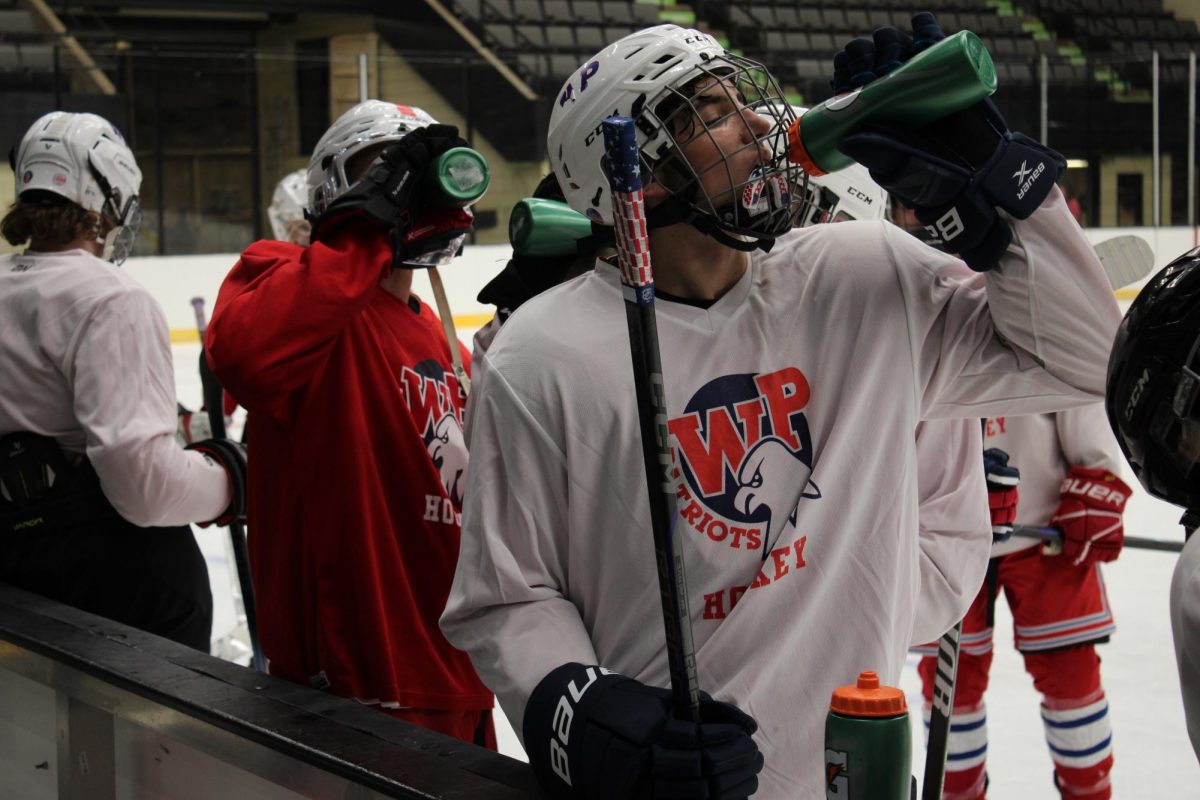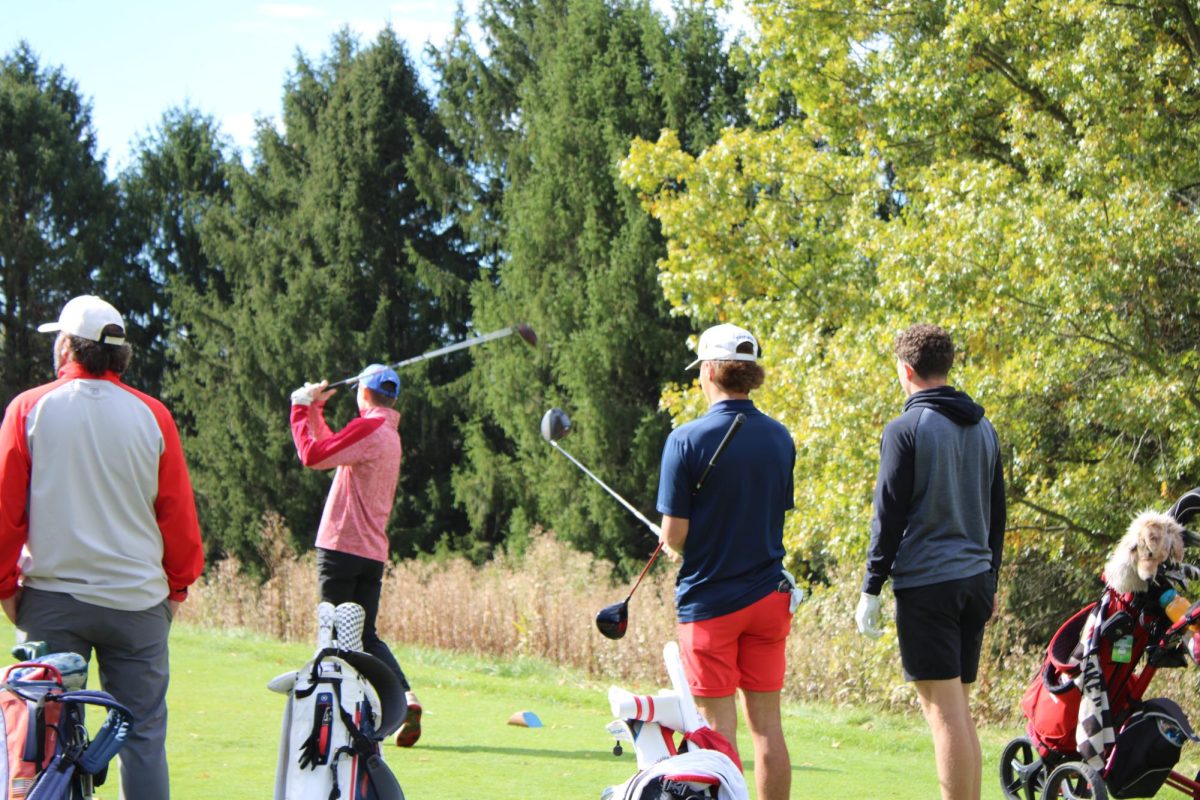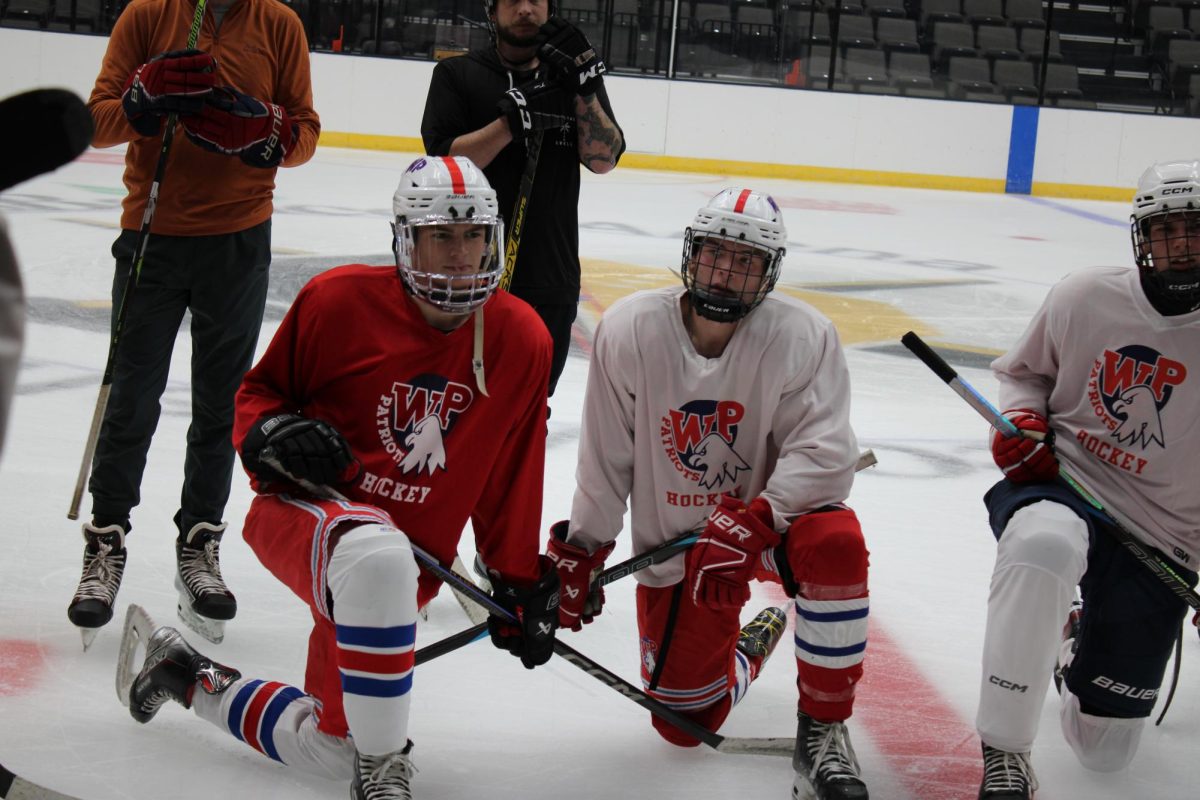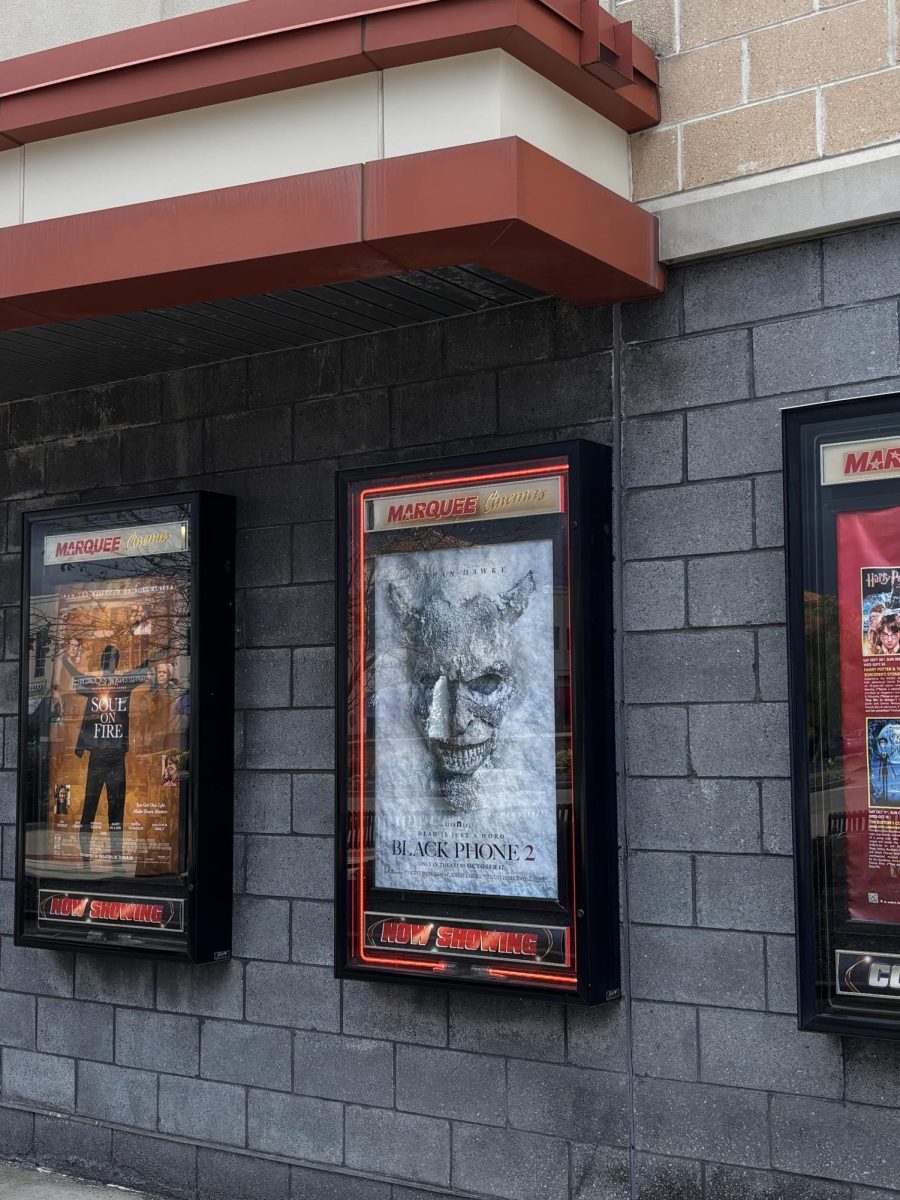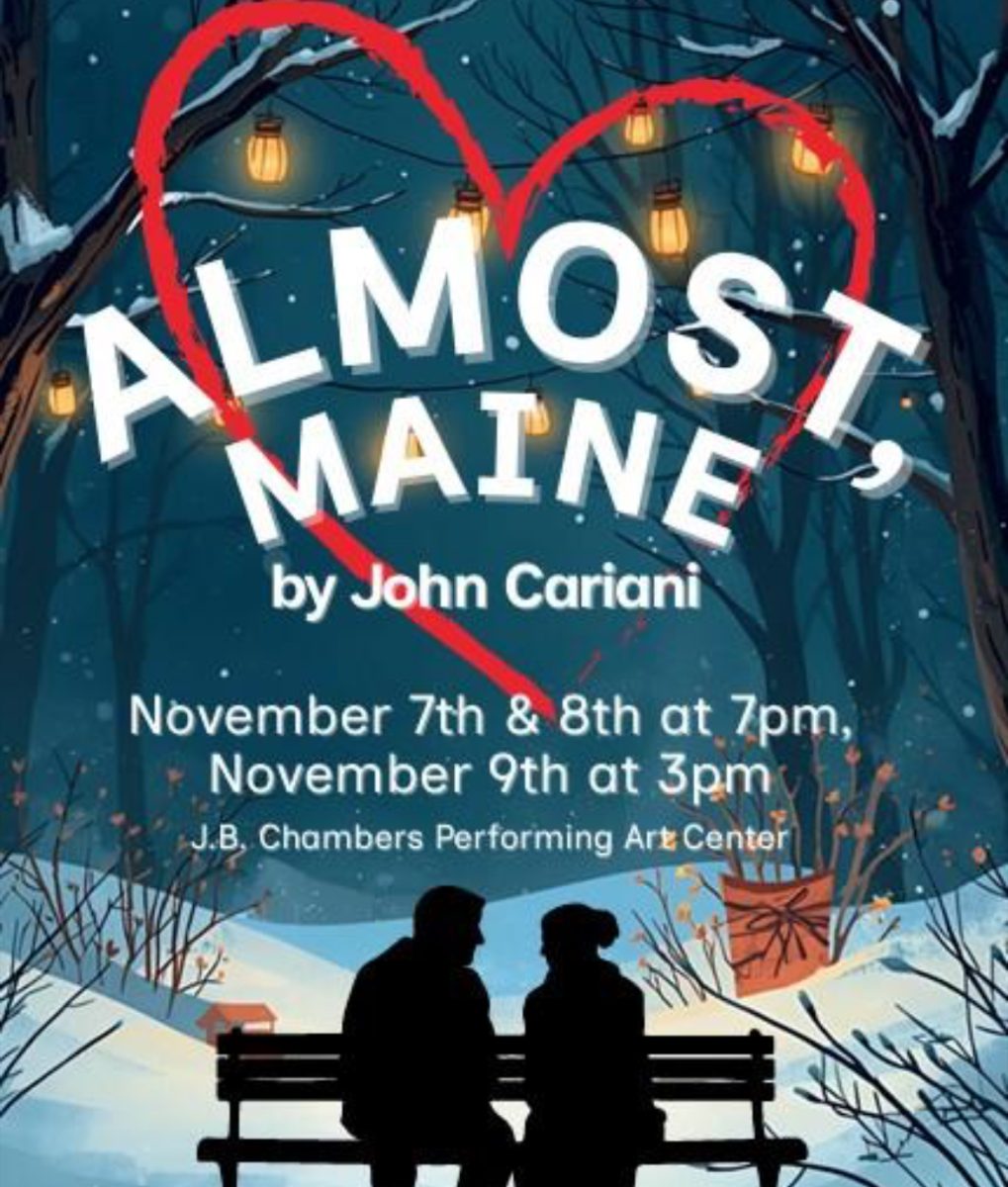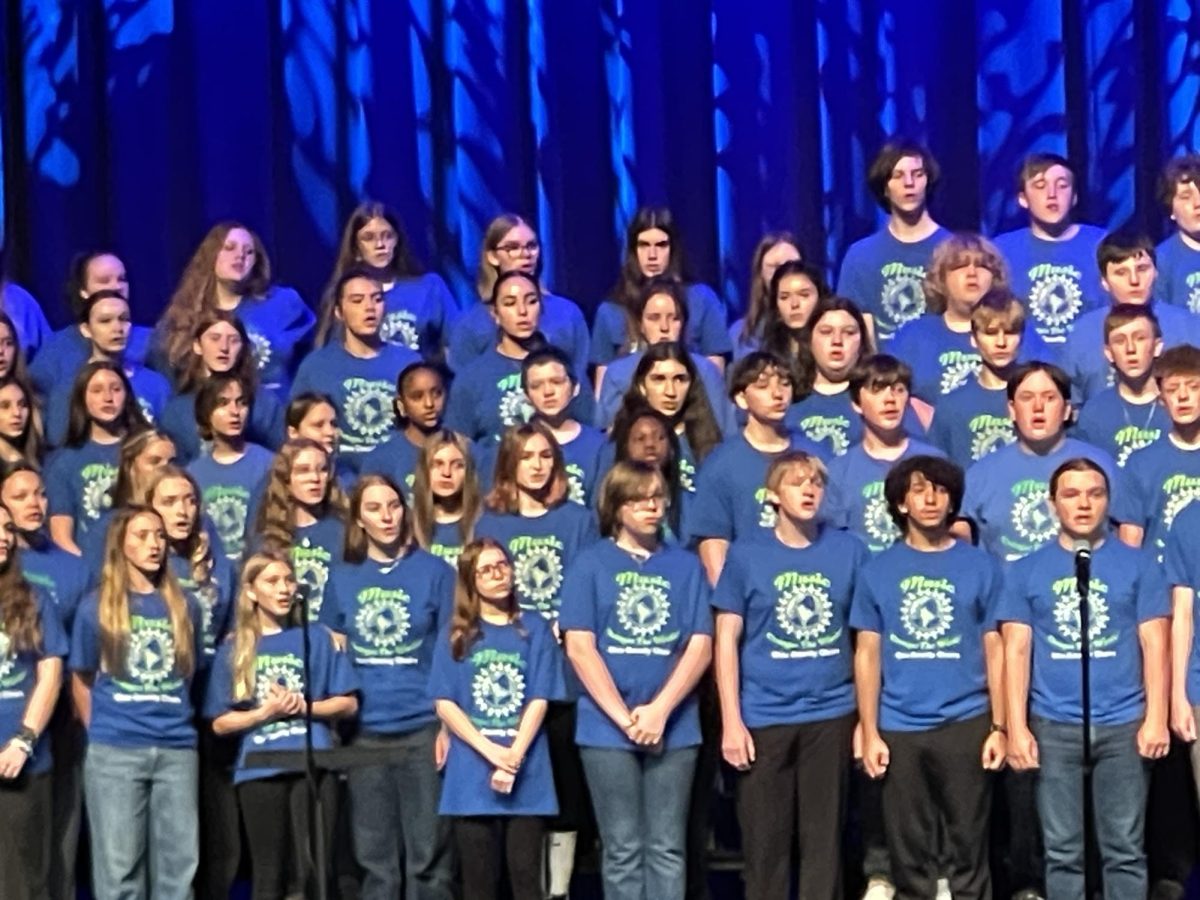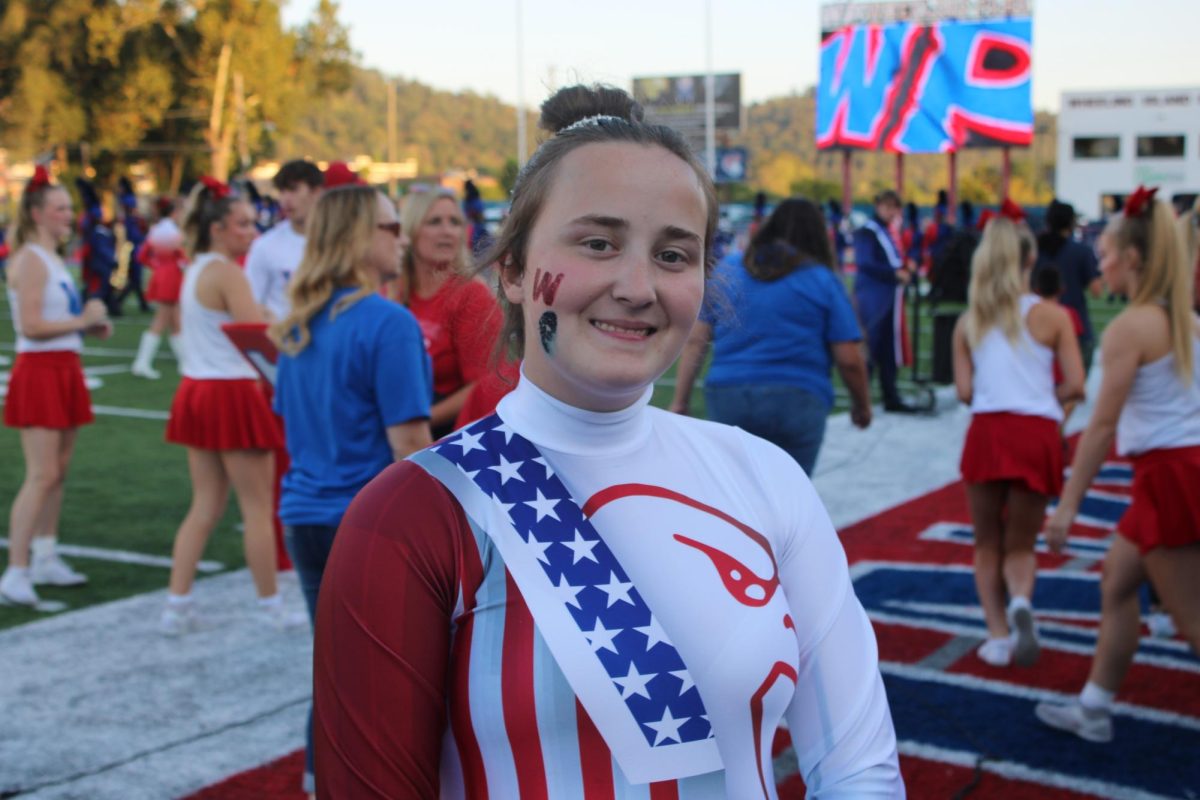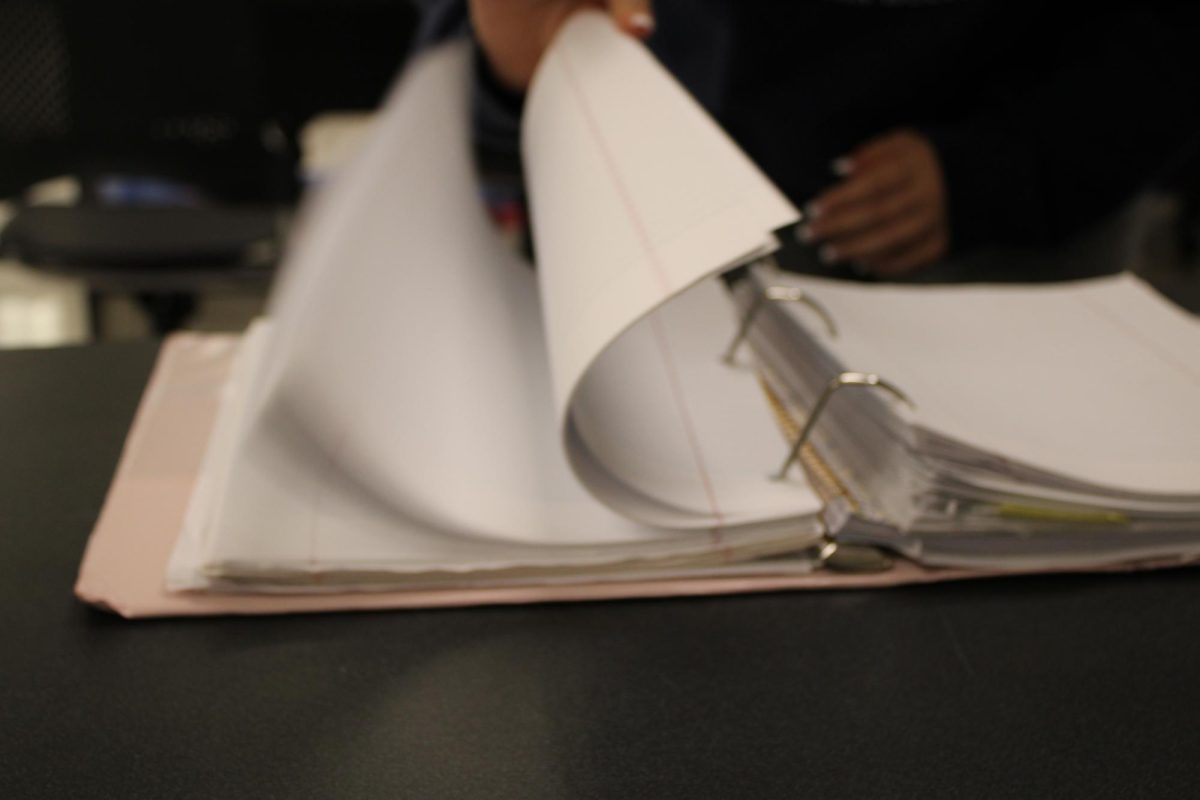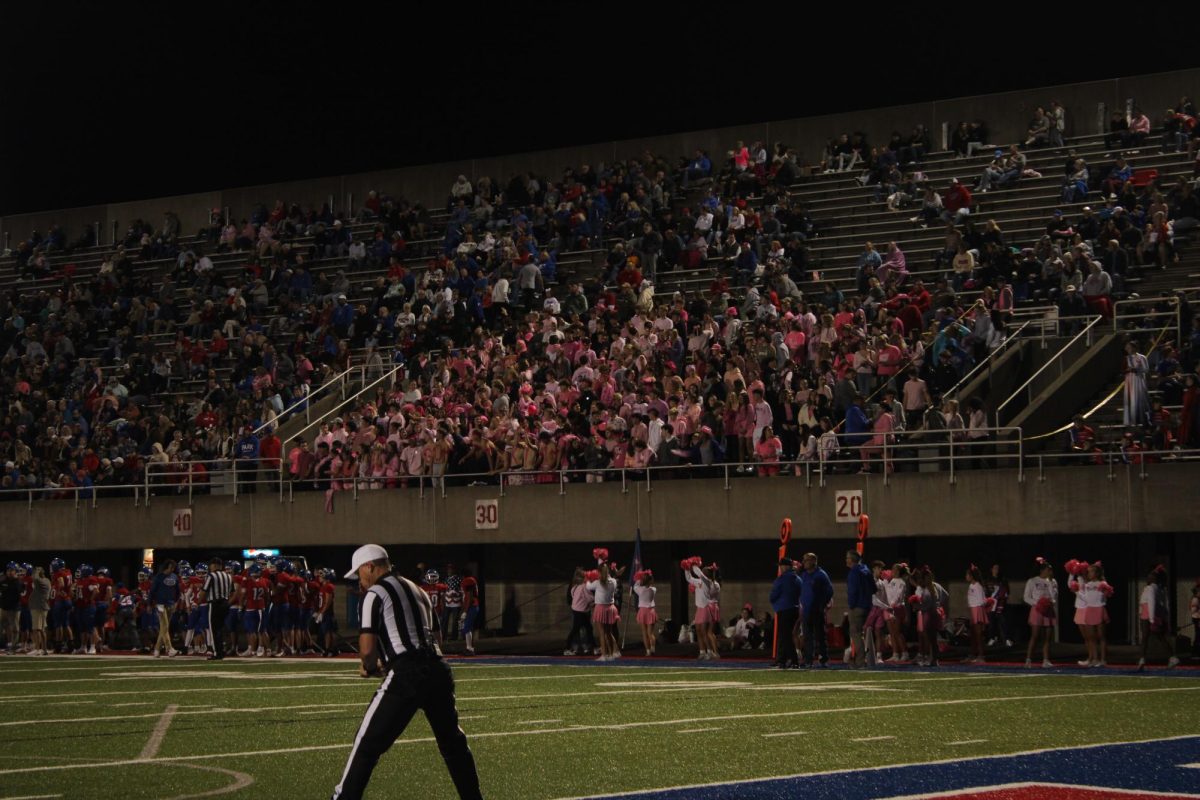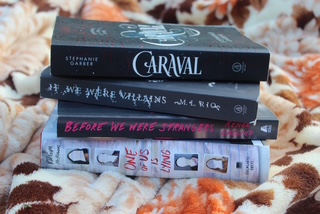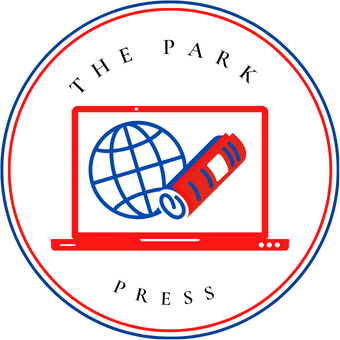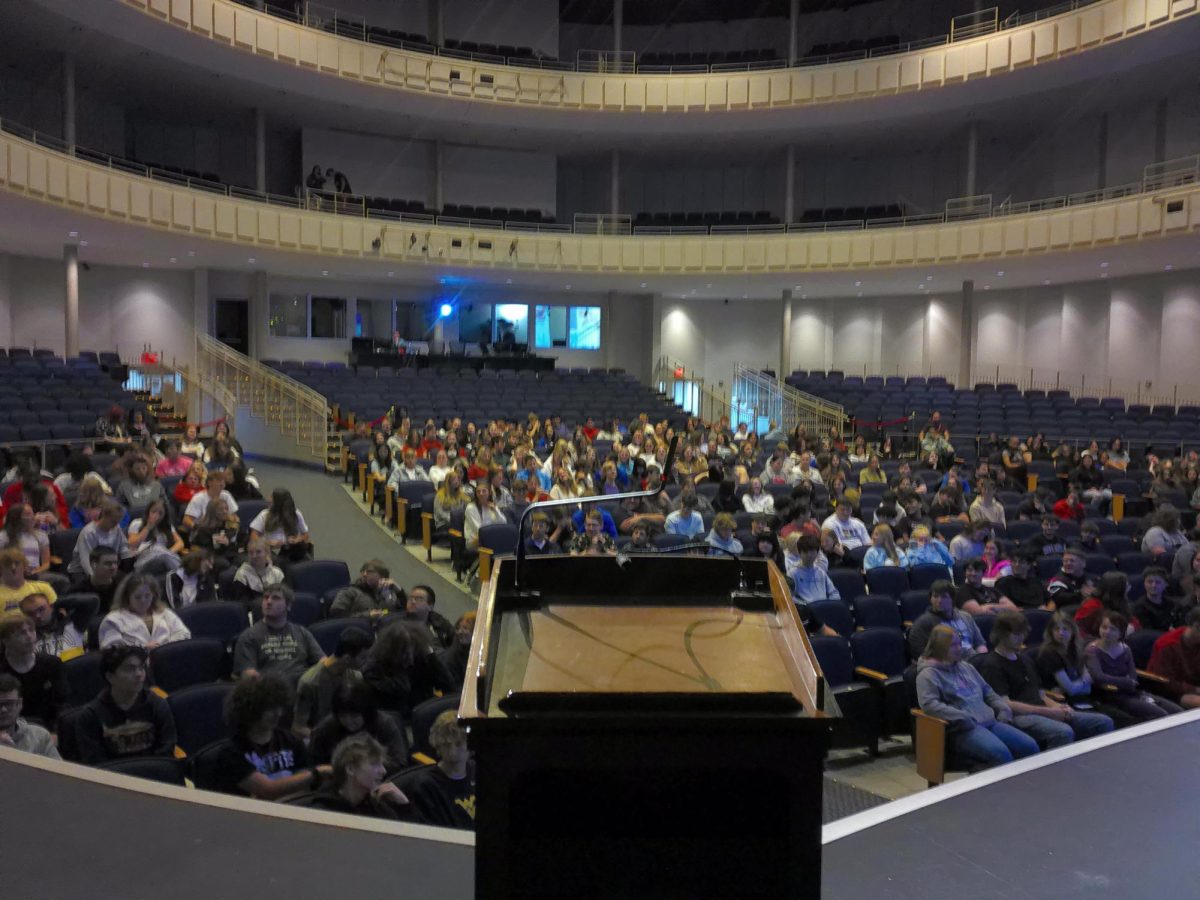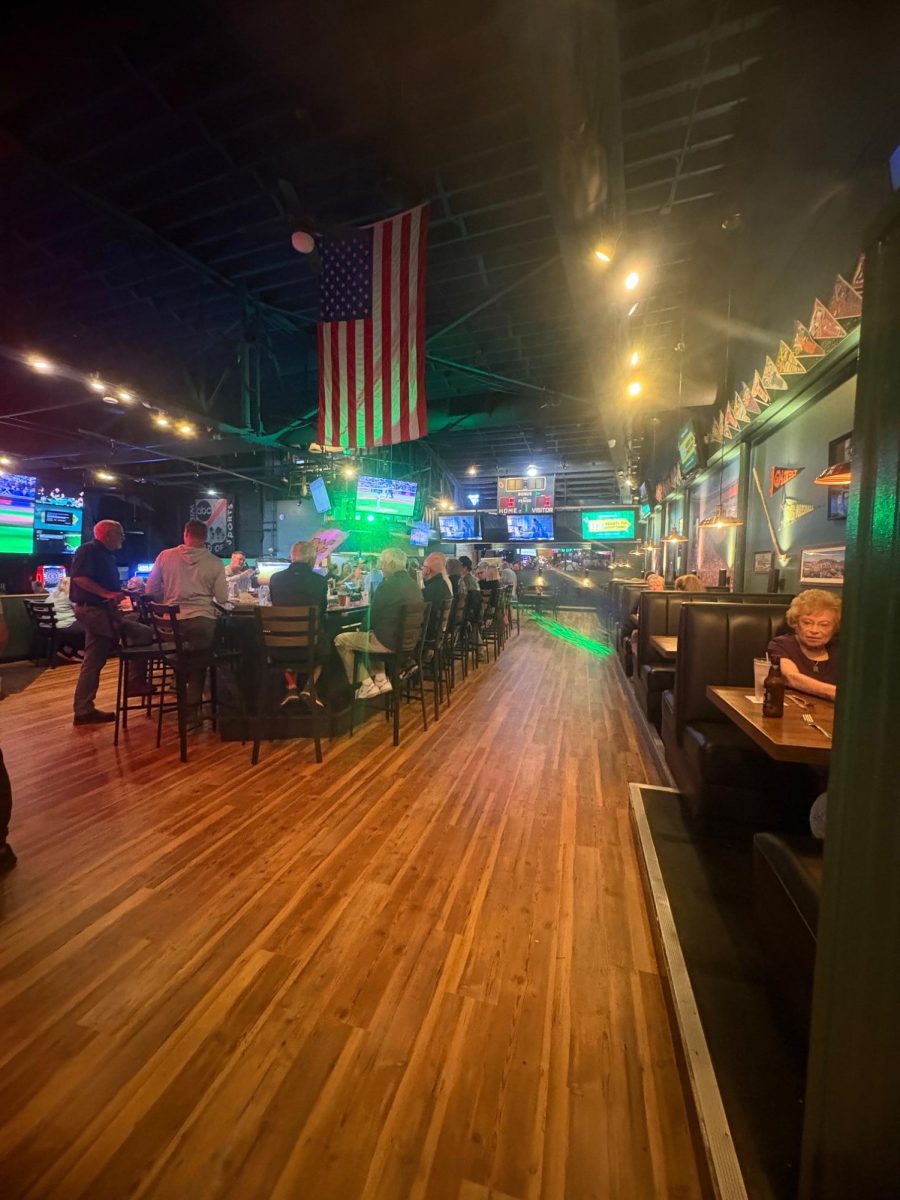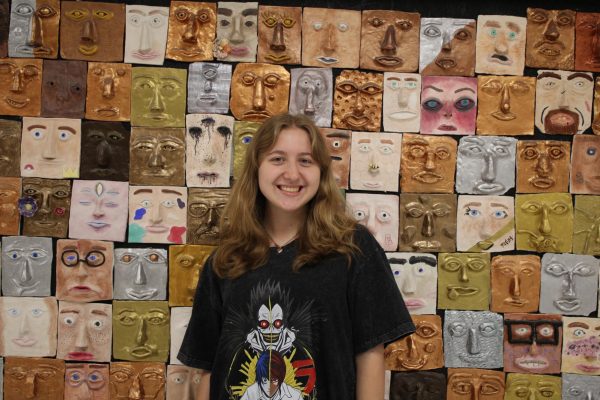There are three kinds of learners: visual, auditory, and kinesthetic. What type of learner you are dictates the way you best learn and retain information. Visual learners learn best by seeing information presented visually, such as through diagrams, charts, and videos. Auditory learners prefer to learn by listening to information, like in lectures, group discussions, or by reading aloud to themselves. Meanwhile, kinesthetic learners learn by doing and engaging physically with the material. Hands-on activities, experiments, and movement are most effective for them.
Teachers frequently give homework assignments to help ensure their students properly comprehend the material that is being taught. Inevitably, the assignments won’t be the best for everyone’s individual learning type.
Both Miriam Halicki, an auditory learner, and Hailey Meintel, a visual learner, claimed they would rather study on their own than through teacher-assigned homework.
Halicki, a junior at WPHS, specifically talks about flashcards, “flashcards are never really that great, I’d rather do it by myself.”
Flashcards are a staple learning tool for many, utilized since elementary school. Sadly, they don’t work for everyone. Flashcards are a tool inherently tailored for visual learners that doesn’t have any real benefit for either of the other learning types. Despite this, flashcards remain to be a common assignment given by teachers for homework, taking up student’s free time.
Most students have a limited amount of time to study every night due to their involvement in extracurriculars, work, etc., and it is of the utmost importance that their study time is used as effectively as possible. Spending time on study methods that are inherently ineffective for them is a clear waste of time on both the teacher’s and the student’s part.
Unfortunately, being allowed to always study on your own with no teacher-assigned work isn’t a feasible reality for our school system. There’s no real way to guarantee that they are putting the effort in until they start failing the classes through bad test scores. Additionally, teachers must have a set number of grades in the gradebook. Finding out how to balance for a specific class and curriculum is a real struggle for educators that goes, for the most part, unnoticed. Miss Dobrzynski, a social studies teacher here at WPHS, has attempted to crack the code.
“I have my students take a learning styles survey at the beginning of every single school year, and I tally up what each period has…Then, I gear each chapter’s lesson plans toward the learners…Everyone’s doing it, but I think when they’re aware of which it is they’re doing, which is supposed to benefit them, they’ll learn more about how to become better students and, hopefully, lifelong learners.”
Dobrzynski’s method is a good way of balancing assigning schoolwork and tailoring lessons to students. However, she also explained the importance of participating in assignments that aren’t tailored to your learning type.
Dobrzynski explains that in life after high school, no matter what you pursue, “you’re going to need to be able to do whatever it is that’s expected of you…you need to be well-rounded enough to overcome and be successful.”
So, while it is on the teacher to try and find a balance, it is also just as much on the student to manage their workload and understand their own strengths and weaknesses. Managing assignments seems overwhelming at times for so many students, but it’s also very overwhelming for teachers as well. Educators are trying to ensure students fully comprehend the concepts that they are teaching while simultaneously preparing their students for the future ahead. That is a huge task for one person to take on, and it is so important for both parties to be equally involved to ensure their success in life.

